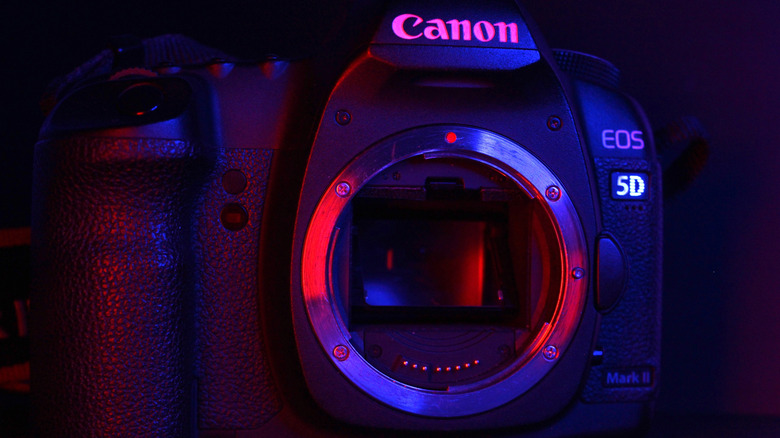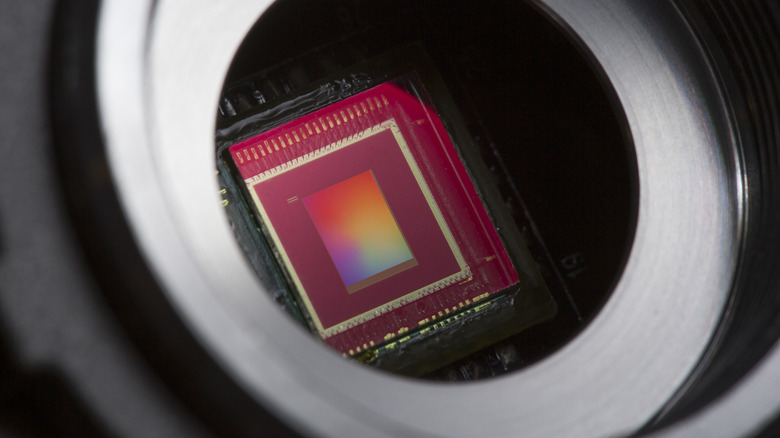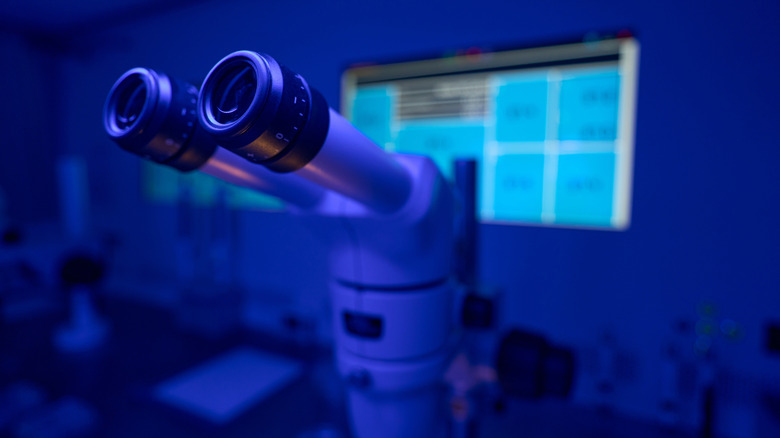Why (And When) Did Digital Cameras Stop Using CCD Sensors?
Way back in 2008, Canon — the stalwart Japanese camera brand — released its EOS 5D Mark II model, which heralded a new era of digital photography. It was one of the first DSLR (which stands for digital single lens reflex) cameras to offer users professional-grade, full-frame image capability, with groundbreaking 1080p HD video recording, to boot. At the time, this was a big deal in the photography world, both among the pros shooting NBA games and home enthusiasts taking snaps of their kids. But only a few years before this, there was yet another paradigm shift in digital photography technology. Charge-coupled device (CCD) sensors had been the standard in digital photography for years, with use in many popular digital cameras since the 1990s.
But like everything in the tech world, DSLRs are no different, as nothing stays the same for long. CCD sensors were supplanted by CMOS technology in the early 2010s for consumer DSLRs, which resulted in lower production costs and improved battery consumption. To wit, CCDs are slow and take a read from the edge of the sensor, pixel by pixel, as the matrix of pixels cascades down, to create the image. This is called the photoelectric effect, as the light hits photodiodes on the sensor surface. In turn, this requires a lot of current running through the camera's chip to create the image, hence a power drain concern. Let's zoom in to get a better picture of how the twenty-odd-year run of CCD sensors came and went.
The assent of CMOS sensors
CCD sensors were invented at Bell Labs in 1969, with the work of George Smith and William Boyle. The two researchers would later go on to earn the Nobel Prize in Physics, retrospectively in 2009, for the invention of the CCD sensor. In the mid-to-late 20th Century, this sensor technology was mostly championed by organizations like Bell and NASA, as consumer digital cameras weren't quite fully realized. Michael Tompsett did further work on CCDs in the 1970s, with a specific focus on imaging, which was improved upon later in the 1980s. Nobukazu Teranish of NEC is credited with the invention of the pinned photodiode, which greatly improved the resolution possible from these sensors. The breakthrough happened years later, in 1995, when NASA's Eric Fossum invented the CMOS sensor, noteworthy for its 100 times lower power consumption over CCD sensors.
In modern times, you might be holding a CMOS sensor in your hand at this moment, if you're reading this on a smartphone, and if you're shopping for a newer DSLR, you'll also make use of the technology there. As it stands now, CMOS sensors completely dominate the market, comprising 90 percent of sales, amounting to $10 billion per year. And while the use cases may change as technology evolves, the groundbreaking work engineers made in the 20th century cannot be denied, as we reap the benefits today with affordable cameras and phones that take impressive photos.
CCD sensors in the modern era
Even though CCD sensors are not the default option for modern consumer digital cameras, they are still widely used. CCDs can be found in non-commercial devices used for astrophotography and deep space imaging within the scientific industry. In a way, this is a niche lane for CCDs to flourish, helping scientists capture faint light originating in distant galaxies, via super-long exposures (from a few minutes to as long as hours). If you're familiar with the Hubble Space Telescope and its achievements, renowned for its stunning space photography, you might not be shocked to find out that it uses CCD sensors, too.
Zooming in from the infinitely macro to the real-world micro, CCD sensors are also adept in a wide variety of laboratory applications. These versatile sensors are used in microscopy devices to help capture high-resolution images of the very, very small. Scientists and medical research professionals use CCD-powered microscopes to analyze molecules within cells. Additionally, you'll find CCD sensors in medical imaging machines and spectroscopy devices, assisting in research applications. They are also adopted for archival photography and industrial inspection applications within manufacturing and surveillance, where their high-quality imaging capability is most suitable. The ability to capture consistently accurate, high-resolution images reliably is key for many industries outside of consumer cameras, showing that CCD sensors are far from obsolete.


